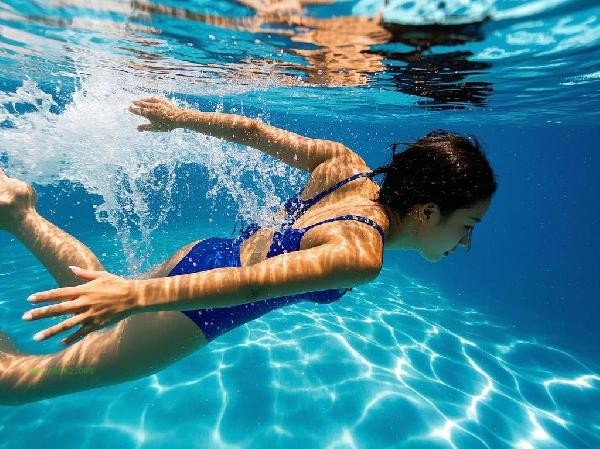The swimming pool water circulation filtration system is usually safe under standardized operation and can effectively maintain clean water quality. System security mainly depends on equipment maintenance, disinfectant concentration, cycle time, filtration accuracy, and operator qualifications.

1. Equipment Maintenance
Regular maintenance of water pumps, pipelines, and filter tanks can prevent mechanical failures. The sand tank filter needs to be backwashed on time to avoid the filter material becoming clogged and affecting the filtration efficiency. Corrosion of metal parts or aging of sealing rings may cause water leakage and require timely replacement. 2. Disinfectant concentration: Maintaining the residual chlorine concentration within the standard range can effectively kill pathogens. Low concentration may lead to excessive microorganisms, while high concentration can irritate the skin and mucous membranes. Ozone or ultraviolet assisted disinfection can reduce the amount of chlorine used and lower the risk of chemical residues.
3. Cycle period
The hourly circulating water volume should reach a fixed proportion of the total pool water. Insufficient circulation can lead to the growth of algae in stagnant water areas, while excessive circulation increases energy consumption. Indoor constant temperature swimming pools require a heating system to adjust the circulation rate.
4. Filtration accuracy
Quartz sand filtration can intercept most suspended solids, while diatomaceous earth filters can capture even smaller particles. The combination of multiple media filtration has a better effect, but attention should be paid to the height of the filter layer and the rationality of the stage coordination.

5. Operating Qualification
Certified water treatment personnel can accurately adjust pH value and redox potential. The automatic dosing system requires manual parameter review to prevent sensor failure from causing abnormal water quality. Emergency plans need to be activated for sudden pollution incidents. Swimmers can preliminarily assess safety by observing the clarity of water quality and smelling the concentration of chlorine odor. It is recommended for children to rinse with clean water after swimming to avoid residual disinfection by-products. Choosing a time of moderate foot traffic for swimming can reduce the probability of cross infection. The detection data on the water quality bulletin board can be used as a reference, and any abnormalities should be promptly reported to the management department. People with high blood pressure or sensitive skin should not swim for too long, and pay attention to replenishing water after coming out.







Comments (0)
Leave a Comment
No comments yet
Be the first to share your thoughts!